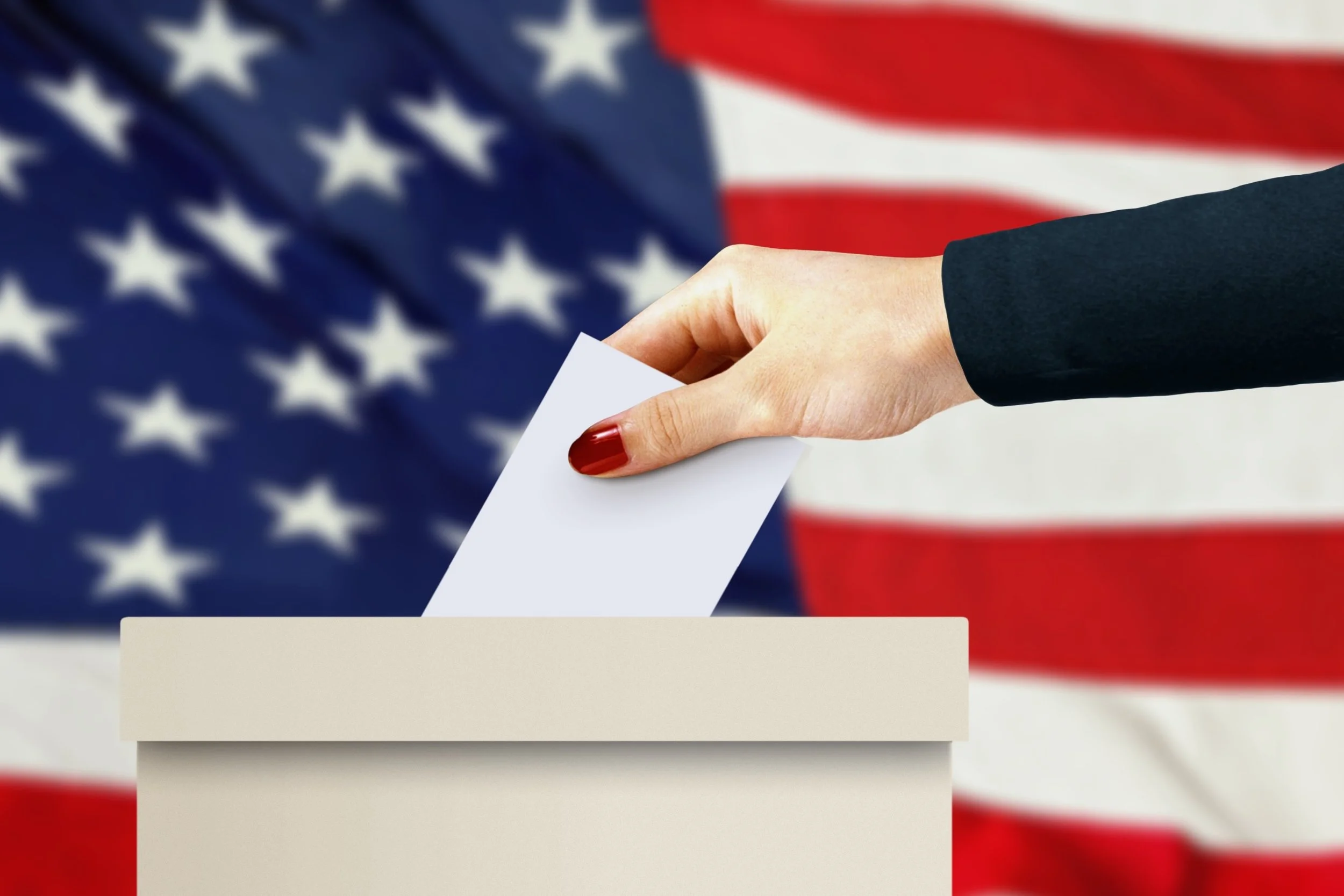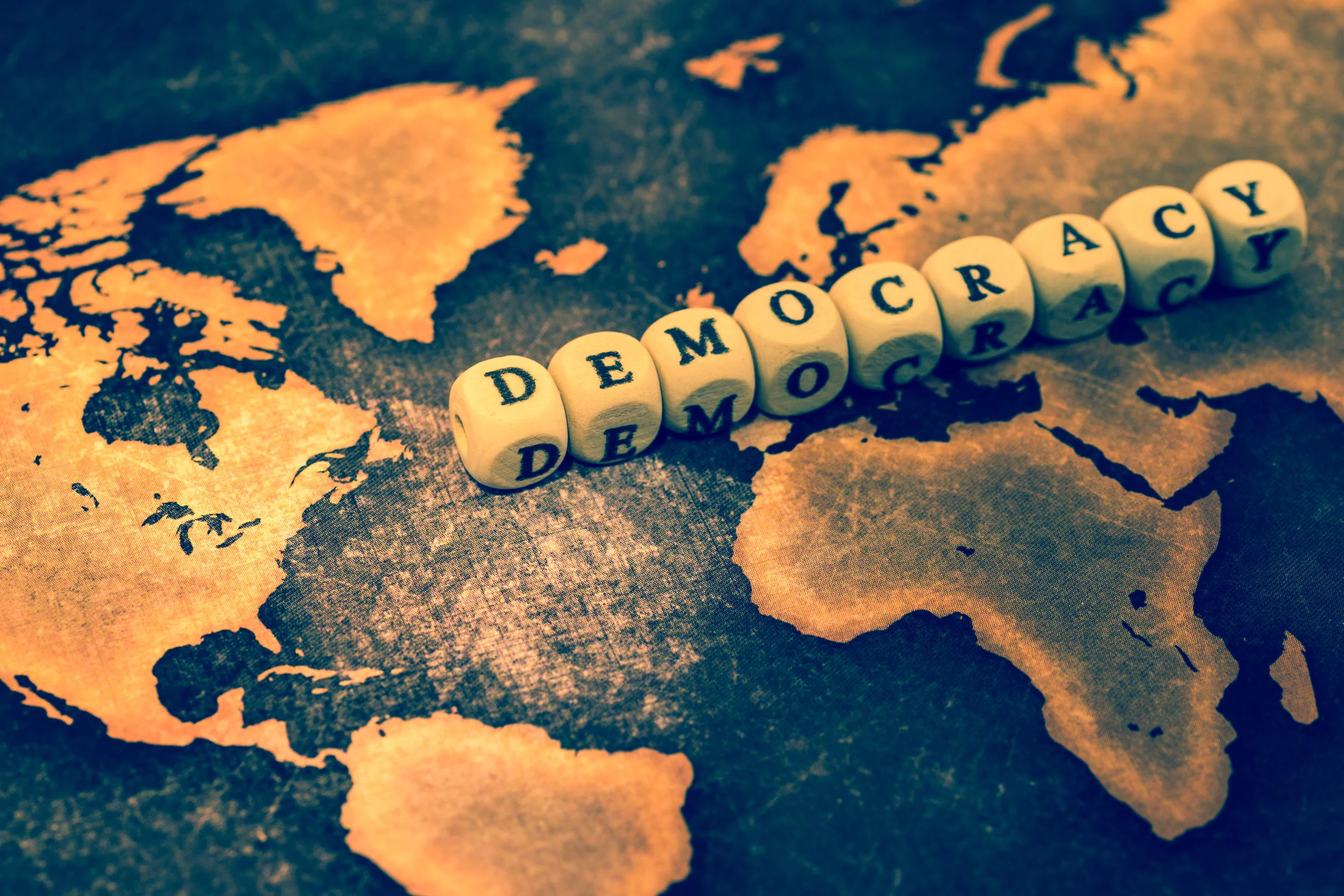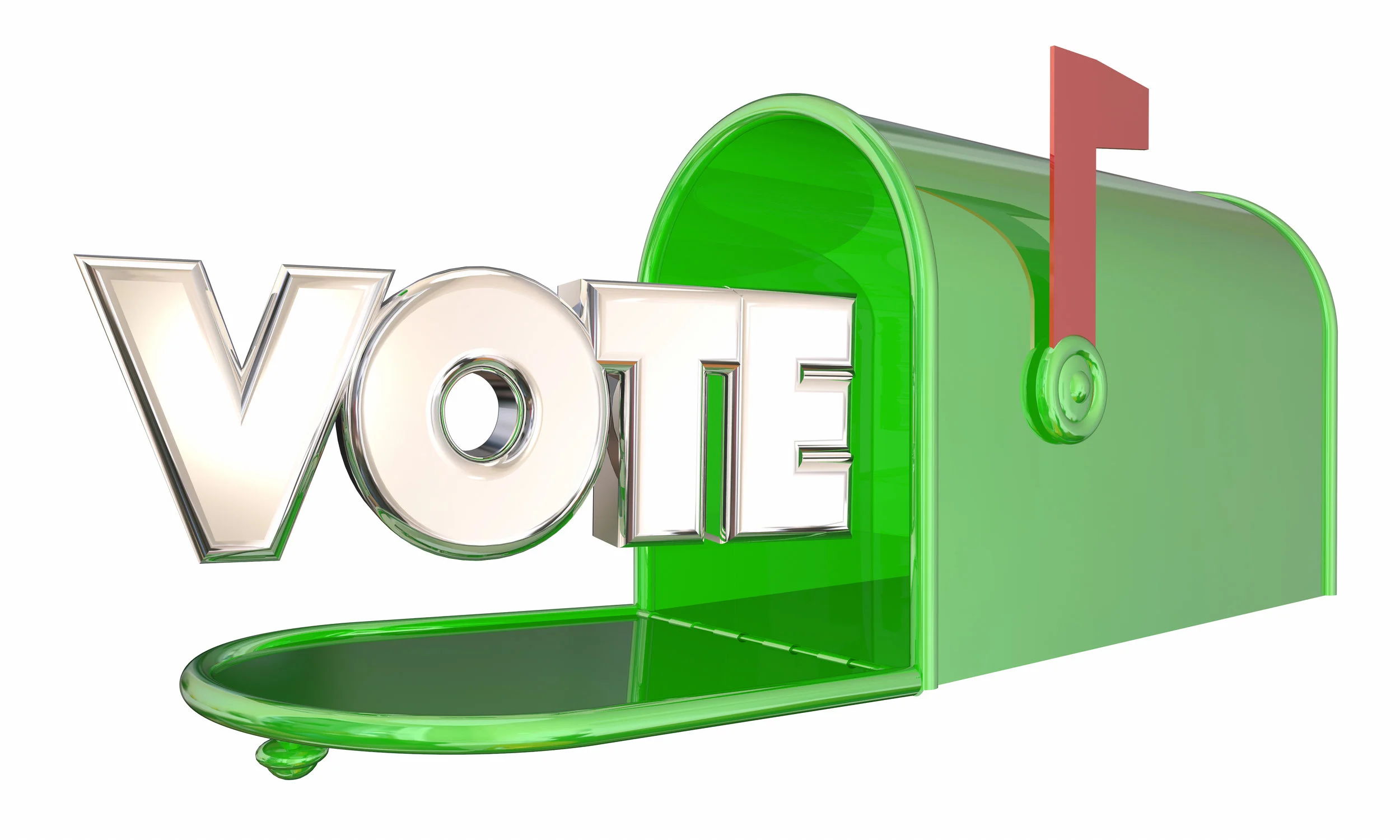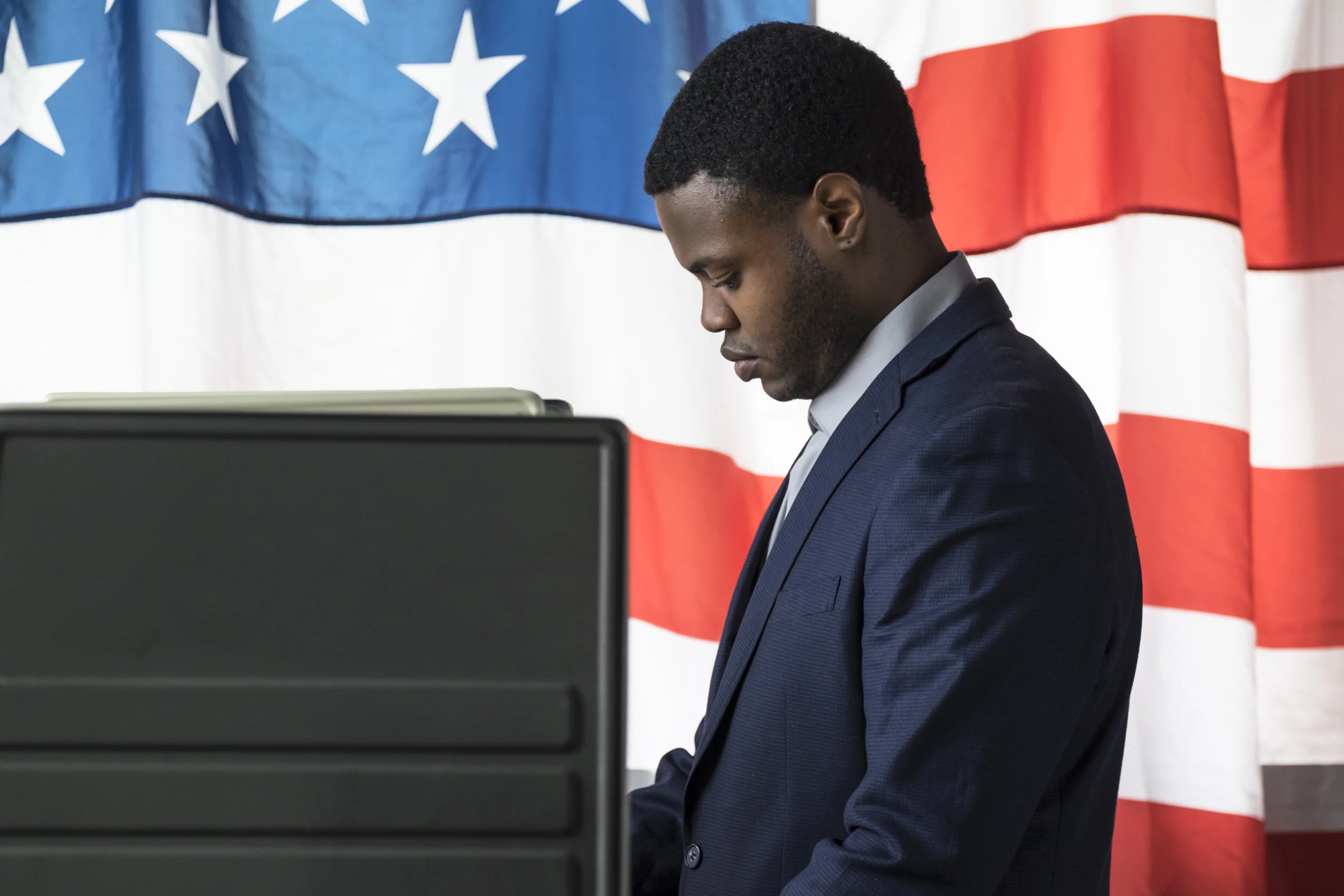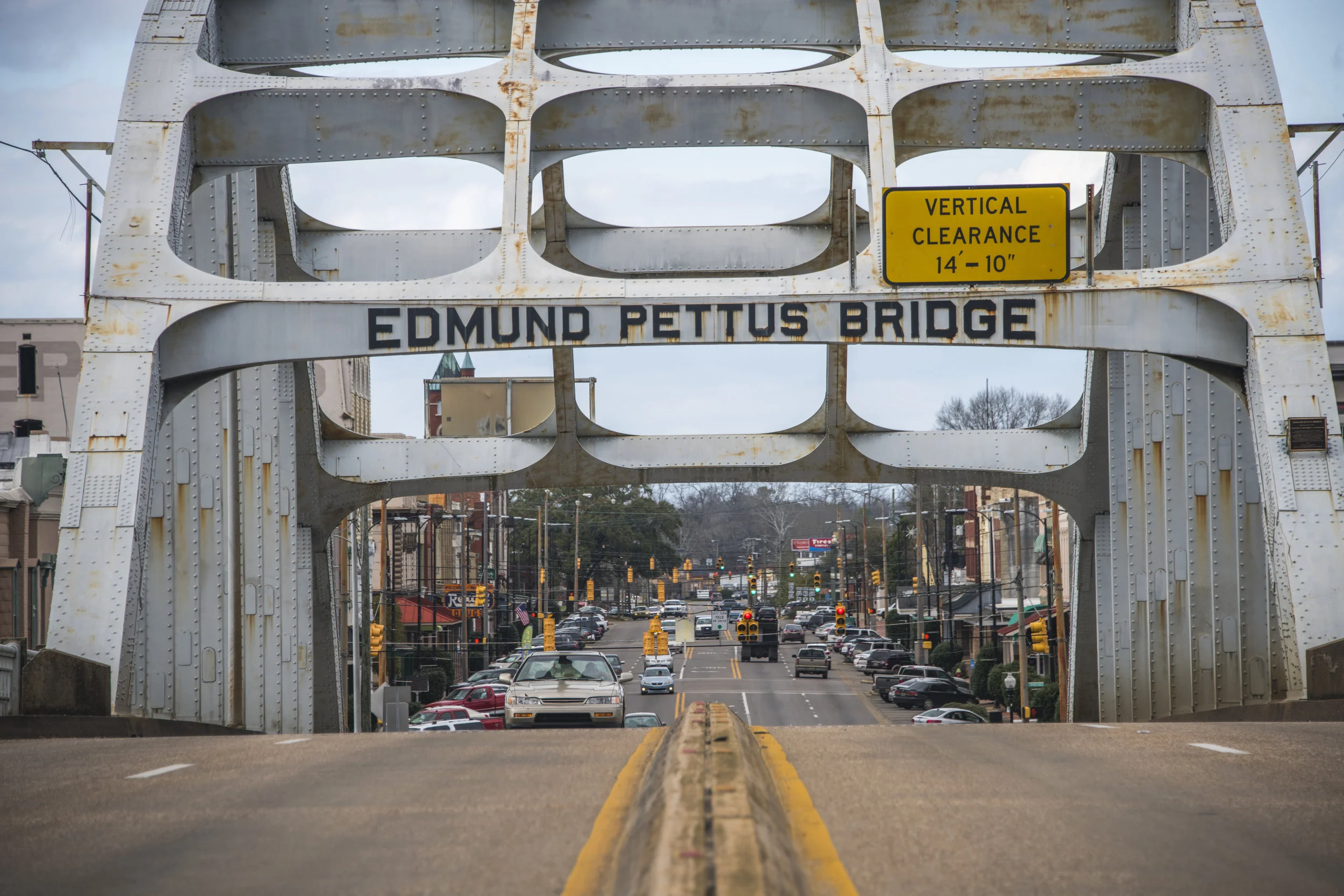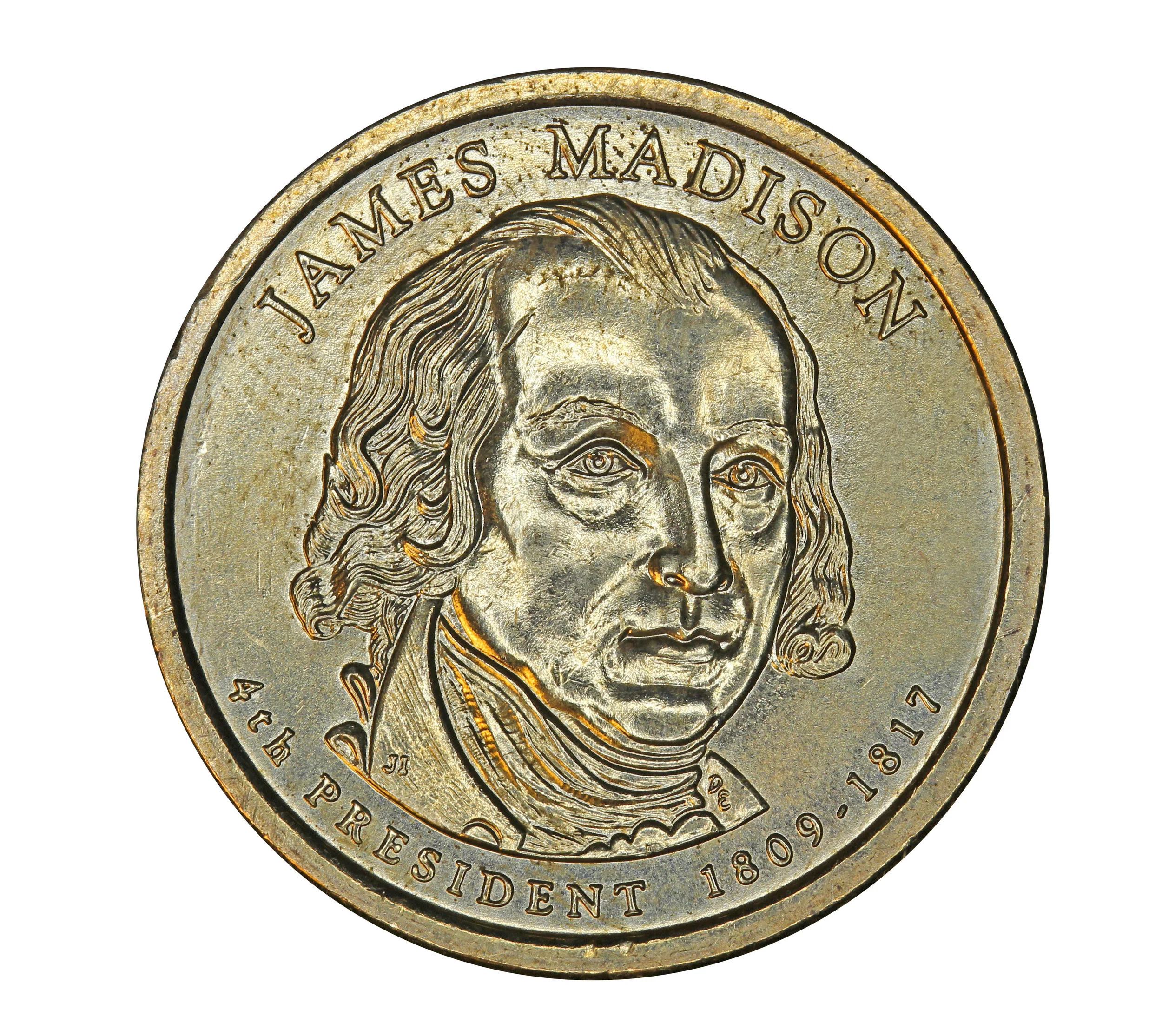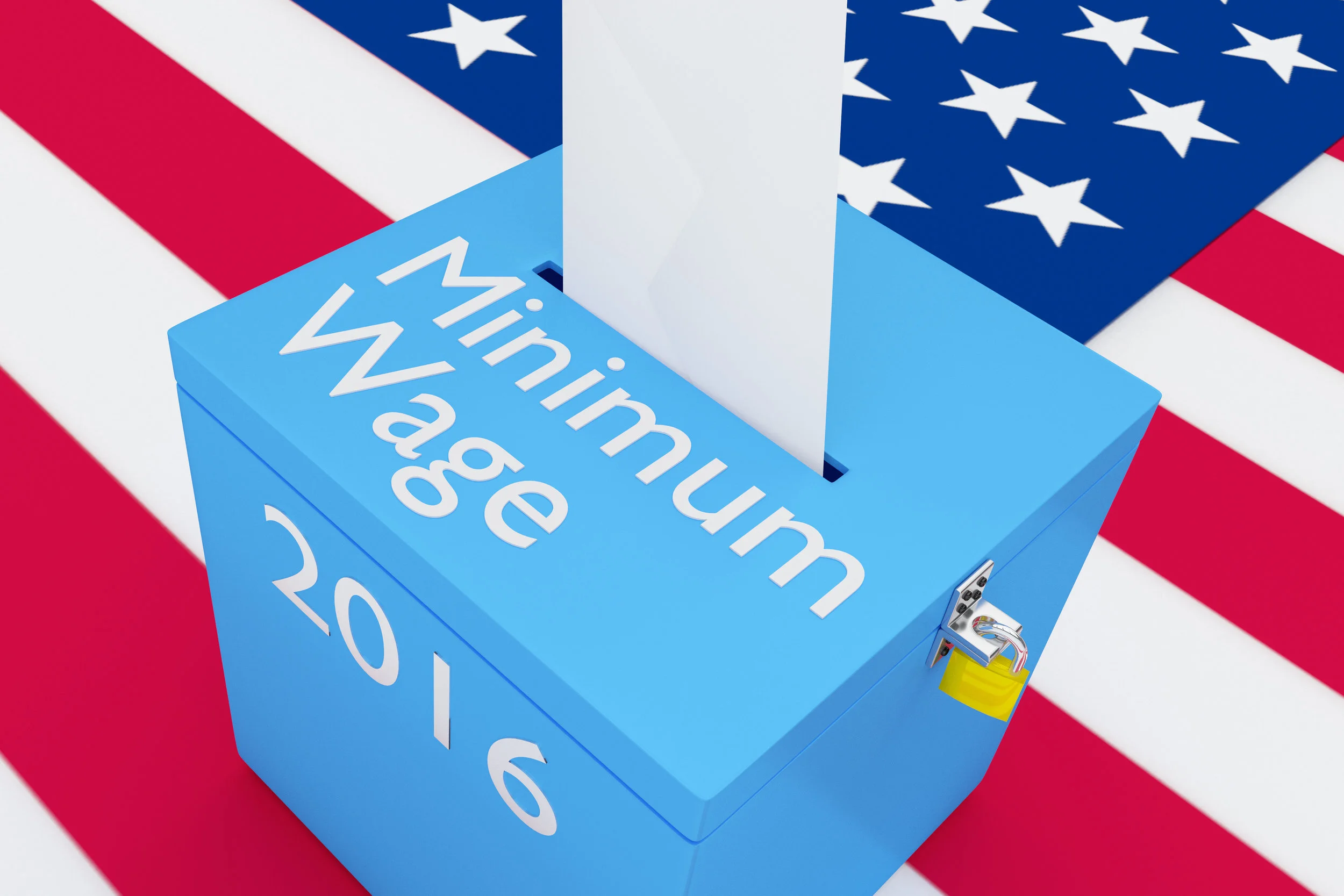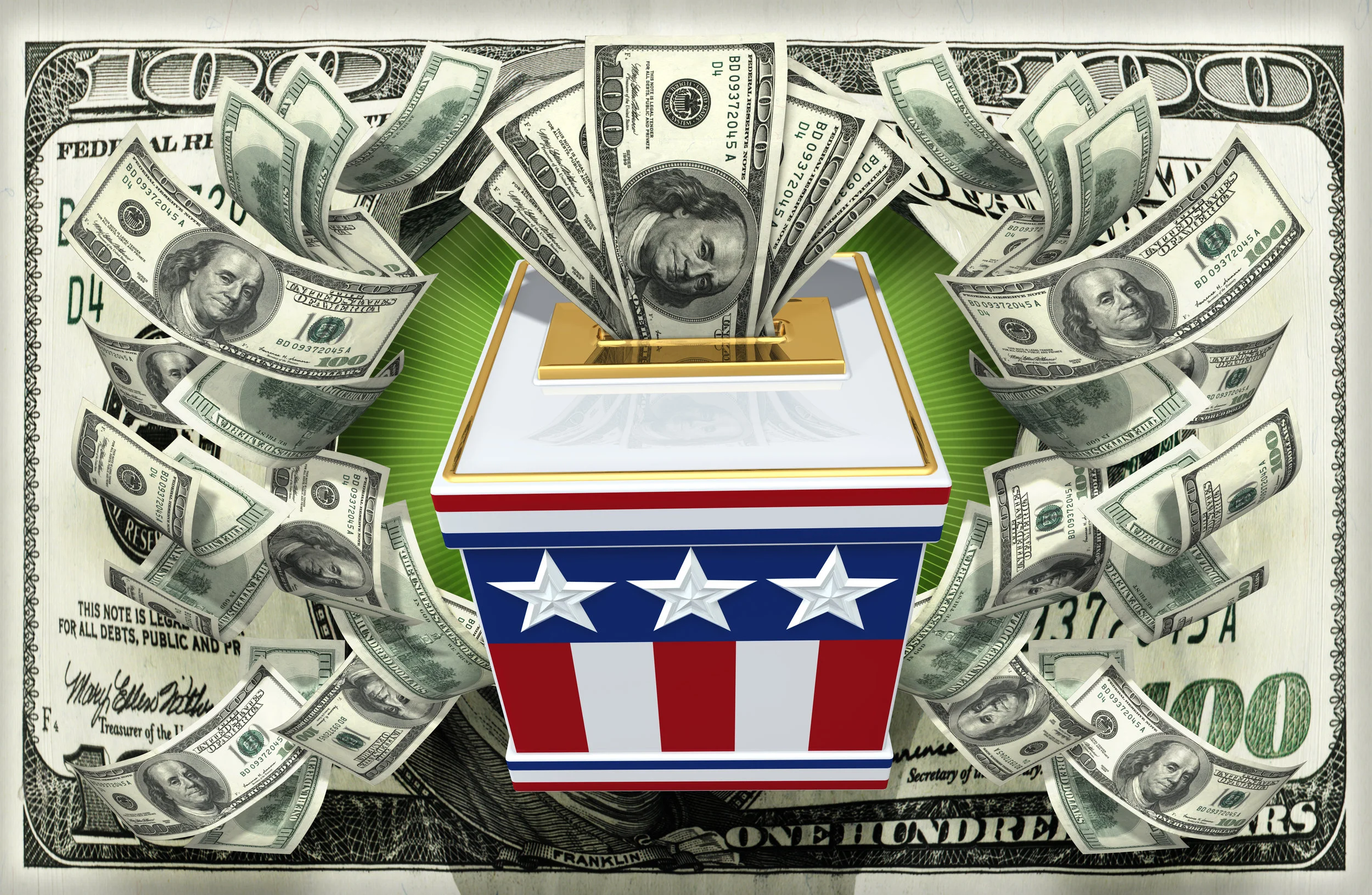Voting is a habit. In 2014, many states with the highest level of participation were also competitively close in 2016. Most recently, Michigan, where the election was closest in our last presidential election, “shattered” mid-term primary voter turnout. With a national popular vote, presidential elections would be competitive in every state and turnout would soar everywhere. The most meaningful way to increase voter turnout in midterms permanently would be to make every vote count equally in presidential elections.
"Voting Should Be Popular... With Everyone"
Today is National Voter Registration Day, and in the words of Connecticut State Rep. Livvy R. Floren (Republican-149th), “voting should be popular… with everyone.” That was the title of her excellent op-ed explaining her support last spring for the National Popular Vote Interstate Compact. Under that law, a state will award its electoral votes to the winner of the national popular vote. If enough states pass this law, the winner of the most votes cast nationwide will always become the president.
For Rep. Floren, the benefits were both nonpartisan and crystal clear. In her words, “in order to encourage civic engagement in the political process while maintaining the sanctity of each and every vote, I believe one person/one vote is an idea whose time has come.”
The majority of her colleagues agreed. As of this May, Connecticut became the 11th state plus DC to join the Compact.
If you would like to help make every Americans’ vote matter equally, please consider becoming a supporter of Making Every Vote Count. Click here to learn more:
WSJ: "Americans tend to vote when they feel their vote will matter"
“Americans tend to vote when they feel their vote will matter,” writes The Wall Street Journal in its analysis of voter turnout in the 2016 presidential election. Due to the nearly universal winner-take-all system of allocating states’ entire slate of electors to the in-state winner, no matter how close the outcome, voters in deep blue states (think California) or deep red states (think Texas) have less incentive to vote: winning the state by a greater margin does nothing to help candidates, and perennially losing makes seeking votes in that state a lost cause with no benefit to the losing party. Not surprisingly, the most populous states (which also happen to be among the least competitive races)—New York, California, and Texas— all dragged down national turnout in 2016 because of their lower-than-average voter participation. Because of their large populations, these states have the most electors in the Electoral College, and their electoral votes are vital to a candidate’s victory, yet individual votes there matter the least. Does that make any logical sense? A change to the national popular vote model for our presidential election would make every vote count and make races in these states relevant again. No doubt more Republicans and Democrats in Texas, Californian, and New York would vote if individual vote tallies actually mattered in their home state!
Shouldn’t every vote count?
"Time to Vote" Tries to Make Voting Easier
In 2014, of the millions who did not vote that year, 35% of those polled said they did not cast a ballot because work and scheduling conflicts prevented them. Patagonia, Walmart, Levis, and Lyft are joining forces in an new effort, Time to Vote, which encourages all their employees to vote in November’s midterms and will give them time off to do it. A host of over 150 other companies have already joined the effort, and many more are adding their support. “No American should have to choose between a paycheck and fulfilling his or her duty as a citizen,” writes Patagonia CEO Rose Marcario in a recent blog.
Robert Kennedy once said, voting is “the ultimate guarantee of a free society.” We agree! If you would like to take part in increasing voter turnout, please sign up to be a supporter today. Click this button to learn how.
Don't Penalize Voters For Where They Live
Want To Save Liberal Democracy? Make Every Vote Count.
The easiest way to convince people not to vote is to adopt a system in which their votes don't matter.
“The Big Sort” and Anti-Dialogue
Make Voting For President Easier... and Meaningful
Democracy Can Surprise Us
The 19th Amendment
The 26th Amendment
Give millennials (and all Americans) a vote that always matters, regardless of which state they call home.
The 15th Amendment
The 15th amendment demands, “the right of citizens of the United States to vote shall not be denied or abridged by the United States or by any state on account of race, color, or previous condition of servitude.”
Madison's Nightmare
By cutting out 4 of every 5 people living in America, presidential elections shrink the “sphere” (to use Madison’s coinage) of public debate to only a few thousand swing voters in a few states.
Fast, Cheap, Personal, and Everywhere
Viral videos on social media offer a more democratic way of reaching voters because of their relatively low cost. In a national popular vote, this tool would also effectively draw more voters to the polls nationwide.
Make It Count
We have the chance to accomplish one of the most dramatic expansion of voter participation and engagement in American history.
Like Voters, Most Local Television Stations Were Left Out Of The 2016 Presidential Election
A national popular vote would provide candidates an incentive to advertise in local TV markets nationwide.
Think Only One Party Has An Advantage in the Electoral College? Think Again.
It is an error for Republicans to infer from 2000 and 2016 that they benefit from an enduring advantage built into the Electoral College system.
Fewer than 55% Of Voter-Age Americans Voted For President In 2016. A National Popular Vote Would Boost Turnout Significantly.
It should be easy to register and easy to vote. If it is not, then that is a problem. But it is a fixable one.
Most Americans Want A Fairer Minimum Wage. How We Elect Our President Stands In the Way.
If the president were elected by national popular vote, he or she would have both the mandate and the consensus-driven support of the nation’s entire population to support a federal minimum wage raise to a realistic level.
How Much Is a Vote Worth?
One-third of Americans would agree to forfeit their voting rights for a pay raise of 10%. How can you blame them when the vast majority of votes cast for president do not matter?

